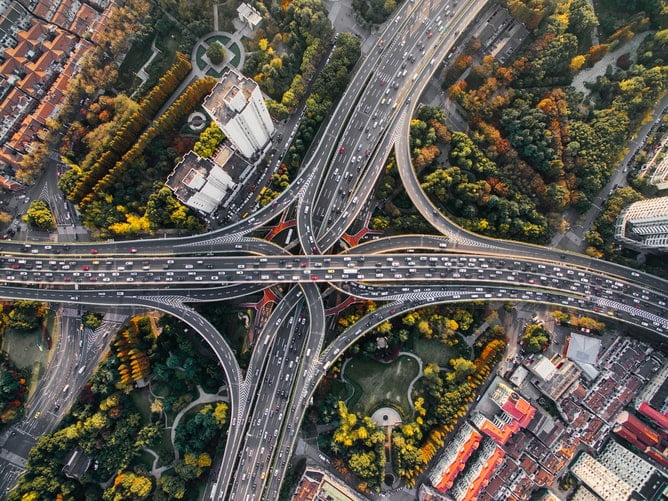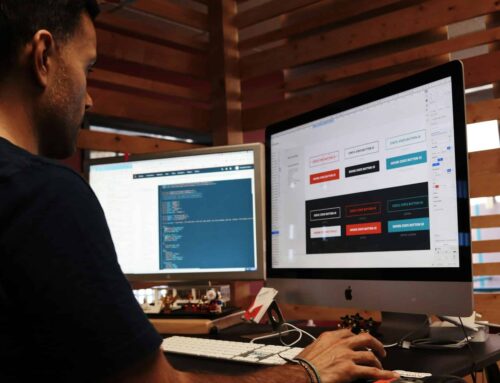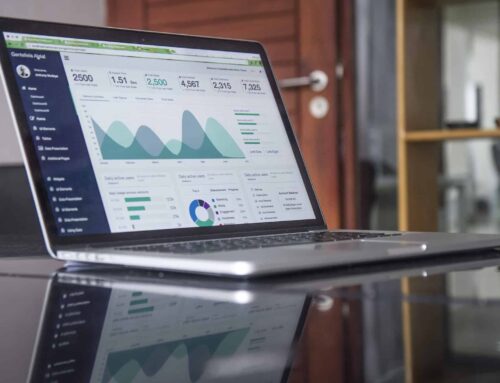It’s something just about every business owner wants: a big increase in web traffic. After all, the more people who visit your site, the more leads and sales you’ll be able to get. With more people consuming your content, brand awareness will undoubtedly skyrocket, helping you carve out a foothold in your niche.
Unfortunately, many websites aren’t prepared for a sudden surge in traffic. This can cause the website to get overloaded, slowing down its performance and possibly even making it crash. That isn’t going to make a very good impression on your visitors.
The good news is that by optimizing your site in advance, you can be prepared for these traffic increases.
It Starts With Quality Hosting and Development
Your website’s ability to handle increased traffic starts with the design of the website itself. Make sure that you hire a web developer who can create a website that doesn’t just look good, but meets the performance standards you need. A user-friendly website should be responsive so that it works well with any device.
Some basic practices during web design and development can dramatically improve site speed. For example, all images and files that are uploaded to your site should be compressed and optimized. Smaller image sizes will help your website load faster, particularly when you get a lot of traffic.
The right web host is crucial for your site’s ability to handle heavy traffic. Generally speaking, dedicated hosting is going to be faster and more reliable than shared hosting. This is because your website will have one dedicated server, rather than a server that is shared with other businesses.
Use a Cache System Plugin
When building a website with WordPress, caching tools can go a long way in helping your site handle increased traffic. There are many options available including Site Rockstar’s Site Speed Booster.
Caching tools reduce the strain on your website’s server by providing a snapshot of your site to visitors. Instead of loading your site from scratch, visitors will pull up the cached version. This can greatly improve site stability and loading times, while simultaneously making it easier for your server to handle sudden traffic surges.
The improved visitor experience can also boost your SEO rankings, as Google partly ranks sites based on their loading speed.
Regularly Monitor Site Performance
Your website isn’t a static brochure — with constant changes and updates, you could accidentally create bottlenecks that hamper site performance during traffic surges.
Issues often pop up after placing dynamic advertisements on your site, installing new plugins, or adding new pages or photos. If you aren’t careful, broken links and unoptimized images can accumulate and slow down your site.
To avoid this, it is best to have someone who can regularly audit your site and perform maintenance to correct any new issues that might cause a slowdown.
Be Prepared For Anything!
Whether you have a piece of content that goes viral or a highly successful ad campaign, you never know when you might get a sudden surge in website traffic. By doing your due diligence to make sure your site is ready, you can have confidence that your new visitors will have a great experience — and be more likely to buy from you in the future.






